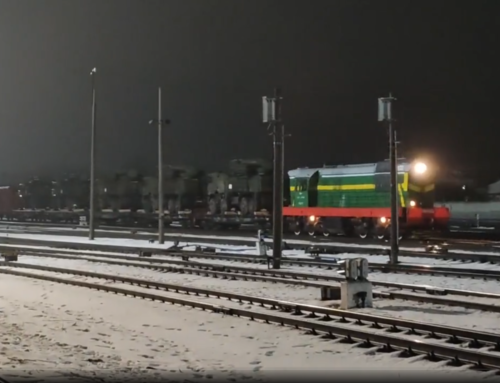The year is 2075, and it is a bright and beautiful sunny day in Sydney. The assembled masses prepare for the decommissioning ceremony for Australia’s first nuclear-powered submarine. A band plays a hearty tune, and past and present members of the boat’s company farewell what had been a game-changer for the nation’s silent service.
After the ceremony, many meet up at local pubs to share stories of their adventures aboard the boat. But back at the dock, the Royal Australian Navy faces a dilemma. Unlike the diesel-electric boats of the past that were broken up or sunk as artificial reefs, the inevitable disposal of this particular submarine has been causing headaches for years.
The Royal Navy has struggled to dispose of its nuclear-powered boats dating back to the 1970s. For example, its first nuclear boat, HMS Dreadnought, is still tied up alongside at Rosyth awaiting dismantling or preservation despite its decommissioning in 1980. That was 41 years ago. At least seven of these boats have been in this sort of post-life limbo for longer than they were in active service.
In total, the Royal Navy has 20 submarines awaiting their fate under the MOD’s Submarine Dismantling Project. This backlog will inevitably increase as the newer Astutes and Dreadnoughts replace the Trafalgar’s and Vanguards in the coming decade. It will take many years for the MOD to complete the disposal of all these old boats.
It is expensive to dispose of these vessels, and defueling a nuclear-powered submarine is only part of the problem. While this is the most critical part of a nuclear boat’s disposal, radiation contamination remains in the surrounding spaces. Approximately 5% of the vessel’s mass is comprised of low and intermediate-level nuclear waste and a further 5% as non-radioactive, but still hazardous waste. This leaves 90% as items, mostly steel, that can be safely broken up and recycled.
The seven boats in Rosyth, Scotland have all had their nuclear fuel removed, but of the 13 boats tied up at the Royal Navy’s other storage facility in Devonport, nine were still fuelled as of 2018. The oldest, HMS Splendid, left the fleet in 2004. It is a critical and ongoing problem for the Royal Navy. Because the problem gets kicked down the road by successive governments, the total cost to dispose of these relics of the past continues to grow. Estimates suggest that it will cost over £10 billion by the time the project is completed sometime in the 2040s. That could have bought an additional Dreadnought-class SSBN and another Astute, or perhaps even another Queen Elizabeth-class carrier and a couple of Type 26 frigates. Needless to say, with tightening defence budgets in the UK, £10 billion could have been far better spent elsewhere.
Submarine disposal is a problem that is largely confined to the UK. The United States, Russia, and France have all safely and successfully disposed of decommissioned nuclear-powered vessels. The Royal Navy did not help itself when the submarines were designed so their Reactor Pressure Vessels could be removed. For example, the United States simply cuts out the entire section containing radioactive components for transfer to land-based storage facilities. This has allowed the United States to dispose of over 130 vessels equipped with nuclear reactors since the 1980s. It is unclear if the MOD considered this as an easier and faster method to dispose of these boats.
Finally, the MOD has not included the safe disposal of the Astutes and Dreadnoughts in the Submarine Dismantling Project despite the fact it is still likely to be running when the first Astutes are decommissioned. It appears the idea of kicking the problem down the road is alive and well in London.
Political decisions are often judged by the needs of the present. ‘Let that be the next person’s problem’ is a mantra that is so ingrained in capitals around the world as to be almost gospel. But while we forge ahead into this new era of ADF capability, I hope that the government and Defence Department give due thought to what will come after, rather than leaving it as an expensive headache for future generations.





Leave A Comment